These 22 pics from 1970s NYC Pride marches show 'a moment without society’s prejudices'
06/25/25
By continuing to use our site, you agree to our Privacy Policy and Terms of Use.
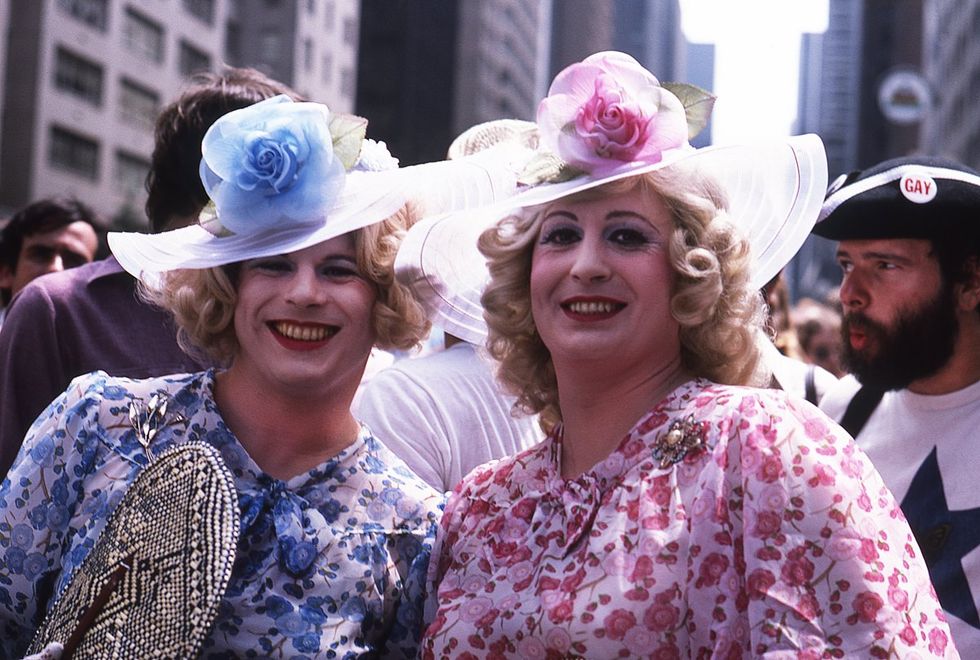
Avenue of the Americas #1, 1975
Francisco Alvarado-Juárez via The Hispanic Society Museum
What was the "right place and time" for Francisco Alvarado-Juárez would one day be an essential capsule of queer history.
Fifty years after “Out of the Closets! Into the Streets!” was chanted in some of New York City's first Pride marches, an exhibition of the same name will be on display at the The Hispanic Society Museum & Library (HSM&L) showcasing the these earliest demonstrations of the LGBTQ+ liberation movement.
Open from May 8 to August 31, the gallery features 18 photographs from 1975 and 1976 by Alvarado-Juárez that capture pivotal moments from the Christopher Street Liberation Day March, the precursor to what communities across the nation celebrate as Pride today. The exhibit also honors the diversity of the movement, recognizing key figures such as Sylvia Rivera.
The photos are some of the first work by Alvarado-Juárez, an internationally acclaimed multimedia artist born in Honduras, and they're still having an impact on his life and art over half a century later. Here's what he has to say about the images now, and how he feels about the state of queer rights.
The Advocate's Alex Cooper contributed reporting to this story.
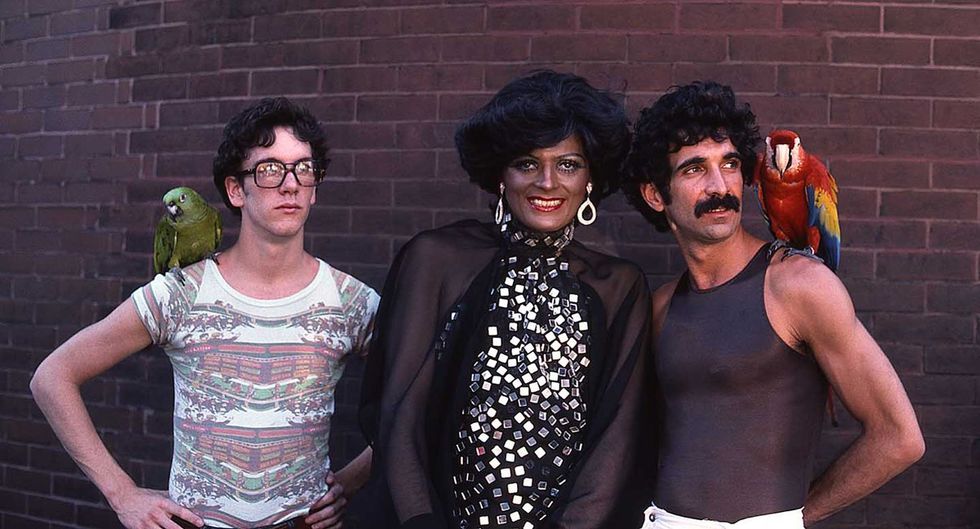
Gay Liberation Parade, Christopher Street #1, 1976
Francisco Alvarado-Juárez via The Hispanic Society Museum
Francisco Alvarado-Juárez: I returned to New York City in 1974 after graduating from Stony Brook University with degrees in Hispanic Literature and Ibero-American Studies. I couldn’t find employment. These were difficult times. What kept me going was discovering photography and teaching it to myself. I was interested in street photography. Going around the city taking pictures of the diverse population of New York. I began my career in the visual arts as a photographer. Always restless to find new ways to express myself, I later learned painting, video and multimedia art. I’m basically a self-taught artist.
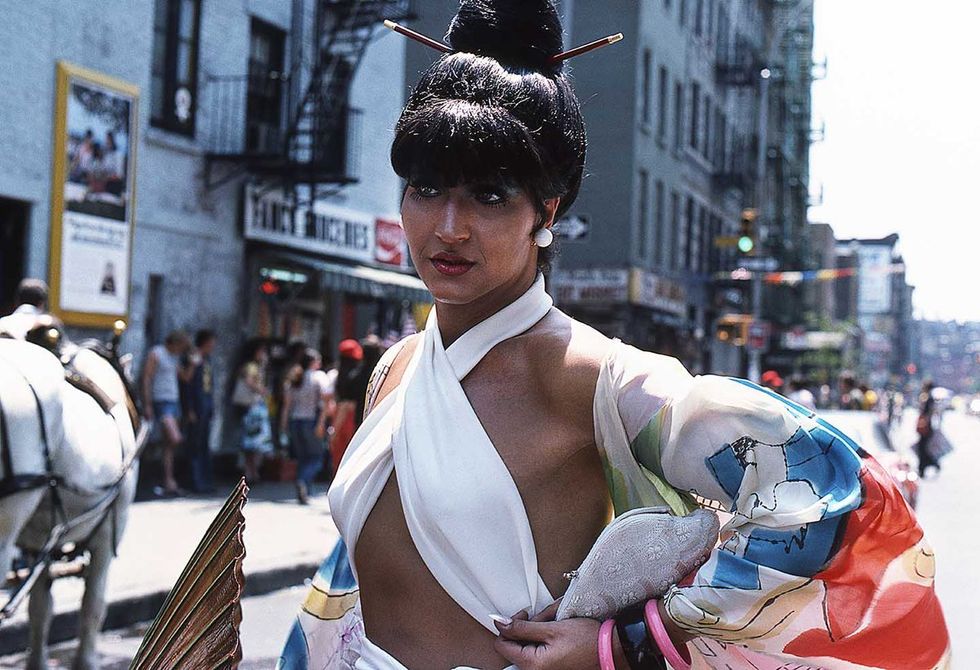
Gay Liberation Parade, At the Beginning of the Parade, 1976
Francisco Alvarado-Juárez via The Hispanic Society Museum
I was living on 15th Street and Sixth Avenue. In 1975, I was lucky to see the parade going-by. I got my camera and joined the march. We went up Sixth Avenue to Central Park and back. Later everyone gathered at Christopher Street. The following year I joined the celebration at Christopher Street before the parade. This gave me the opportunity to take more photographs.
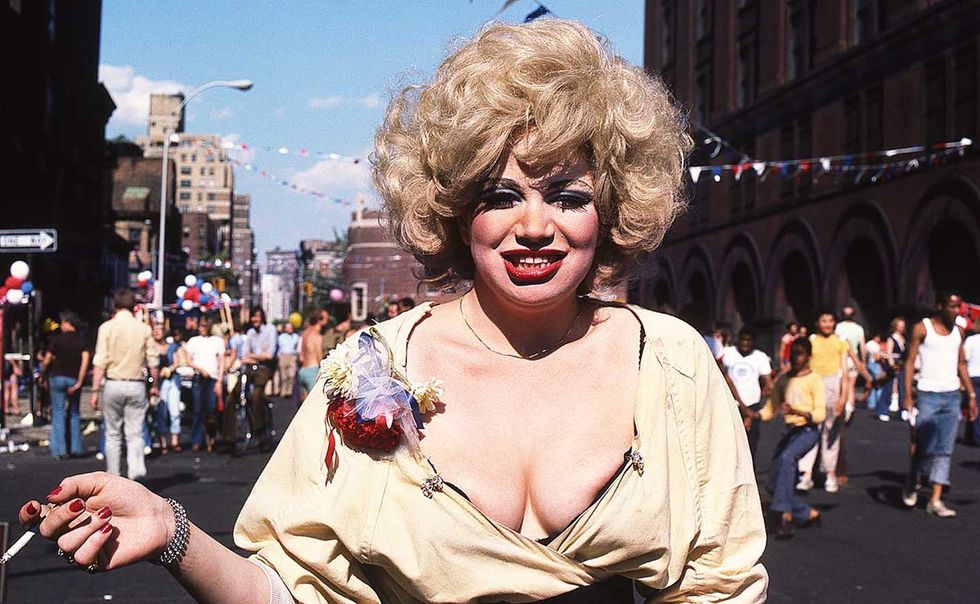
Gay Liberation Parade, Christopher Street #2, 1976
Francisco Alvarado-Juárez via The Hispanic Society Museum
There were never any issues of safety during these parades. I didn’t witness any violence. People were just enjoying themselves, expressing themselves the best they could.
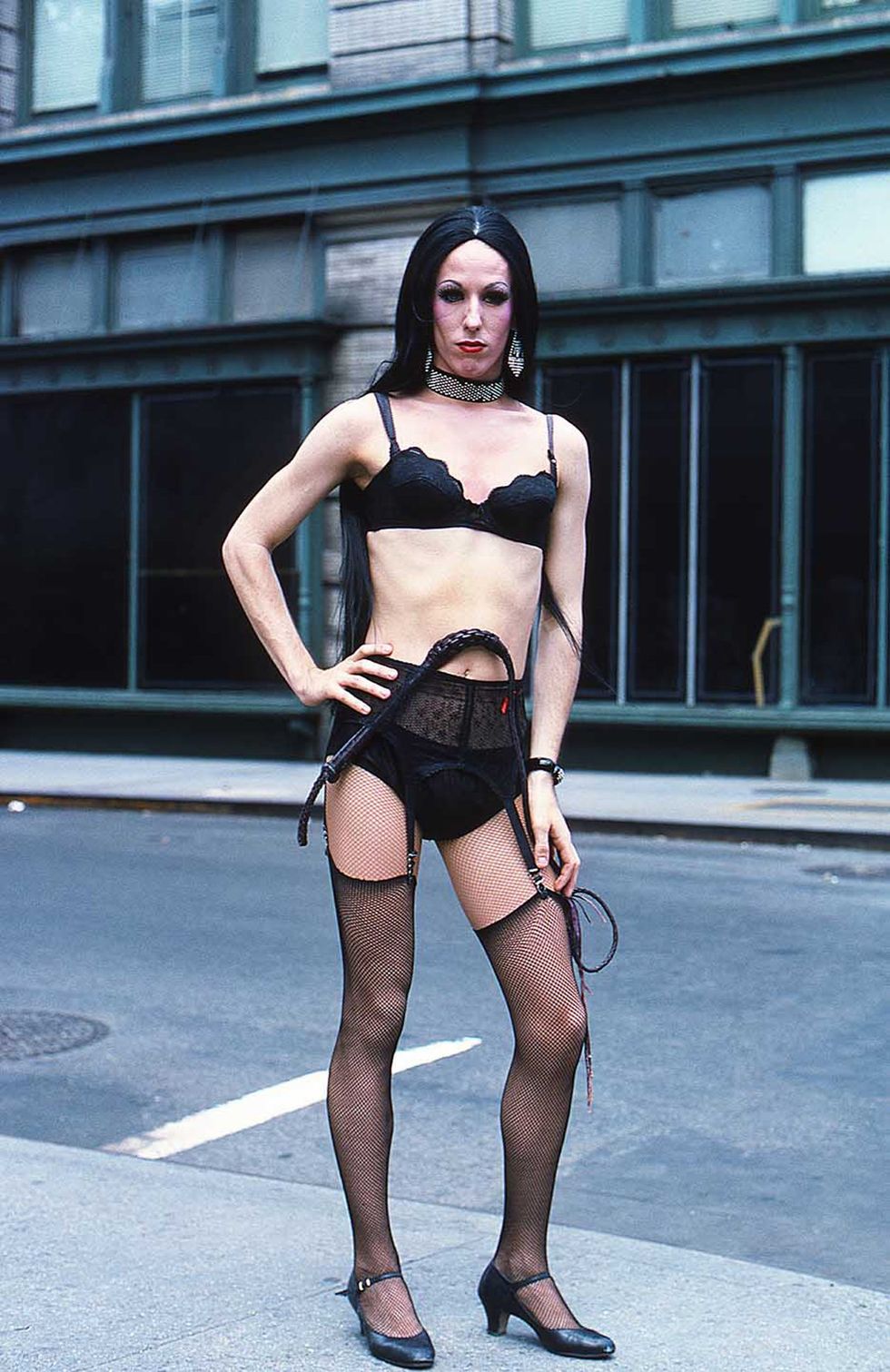
Gay Liberation Parade, Off Avenue of the Americas,1975
Francisco Alvarado-Juárez via The Hispanic Society Museum
I was just taking photographs. Making art. I was not thinking of a historical record. It’s been 50 years since I took many of these photographs. Now, they have become part of the history of New York. I am very happy to be exhibiting them for the first time as a series at the Hispanic Society Museum and Library and sharing them with New York and the world.
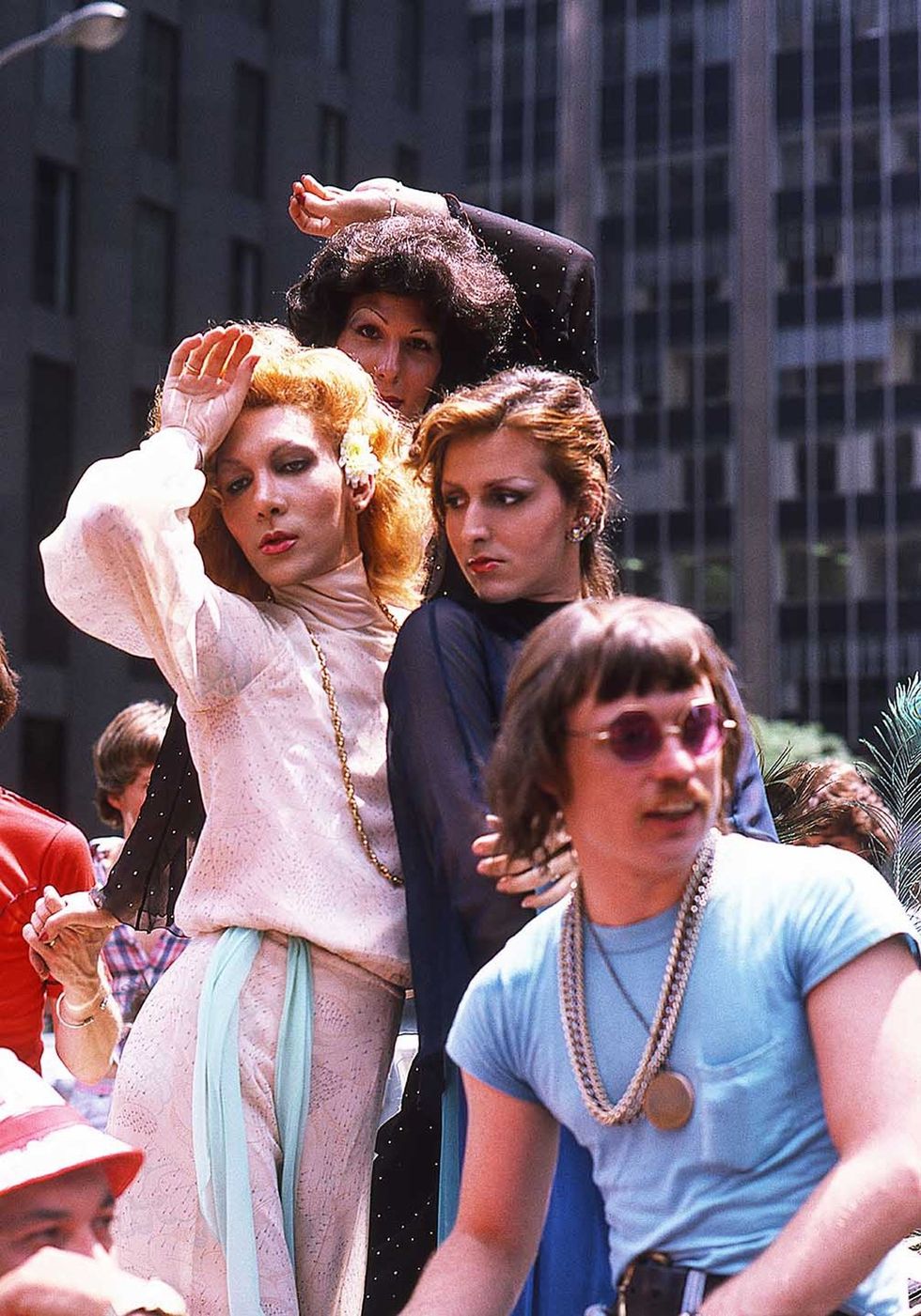
Gay Liberation Parade, Avenue of the Americas #4, 1975
Francisco Alvarado-Juárez via The Hispanic Society Museum
These images still resonate today because they are sincere, honest expressions of the moment. The portraits reflect an intimacy, a beauty, the humanity of the people being photographed. One cannot help but feel the “joie de vivre.”
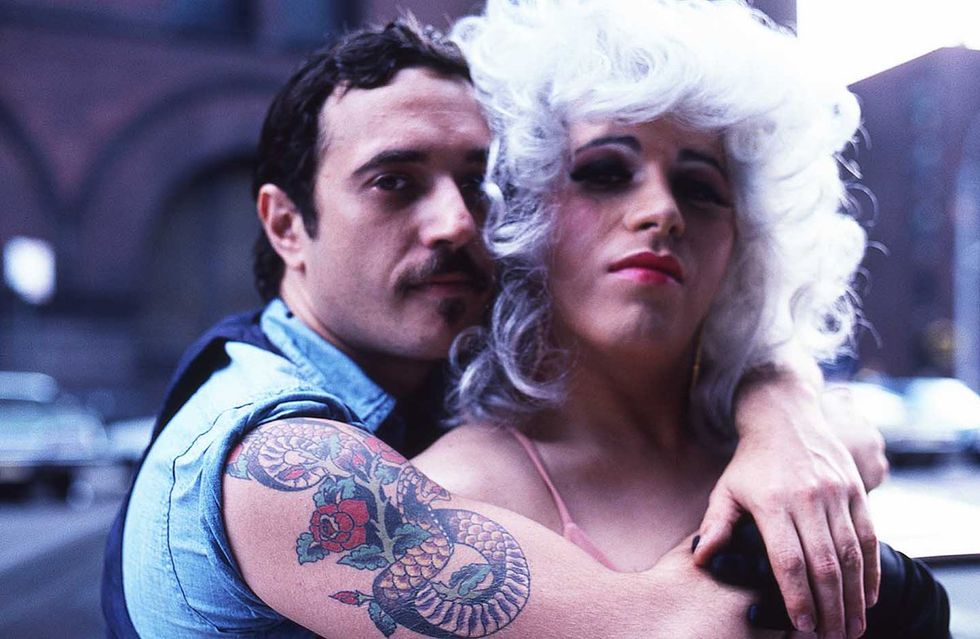
Gay Liberation Parade, Christopher Street #1, 1975
Francisco Alvarado-Juárez via The Hispanic Society Museum
I wanted to capture a moment without society’s prejudices. Letting people express themselves freely, enjoying the moment.
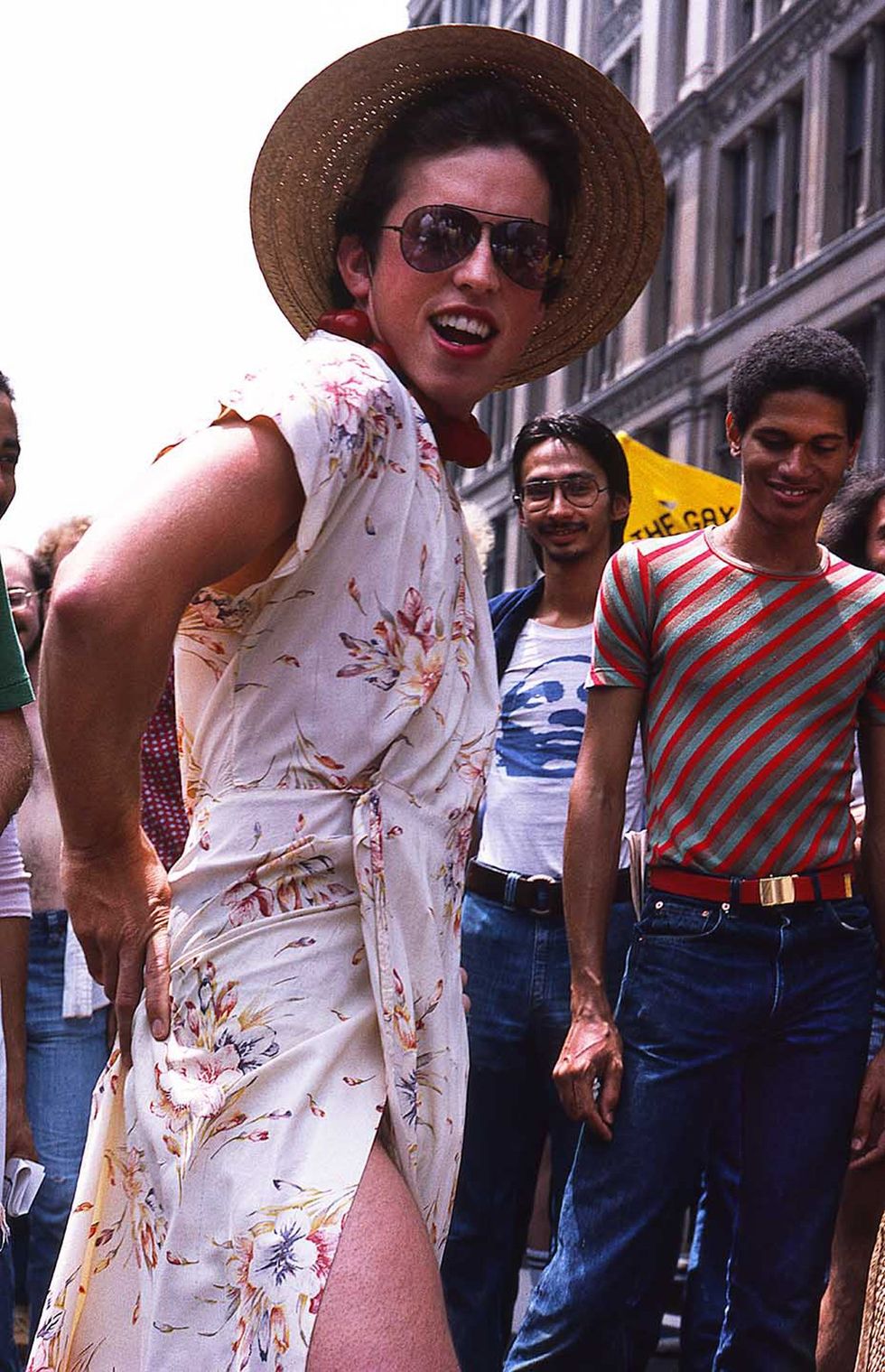
Gay Liberation Parade, Avenue of the Americas #3, 1975
Francisco Alvarado-Juárez via The Hispanic Society Museum
There is joy and optimism in these photographs. Today we have begun a much darker period in our history. We can look back at this time and get strength from that optimism. We can also just enjoy the artistic beauty that these images represent.
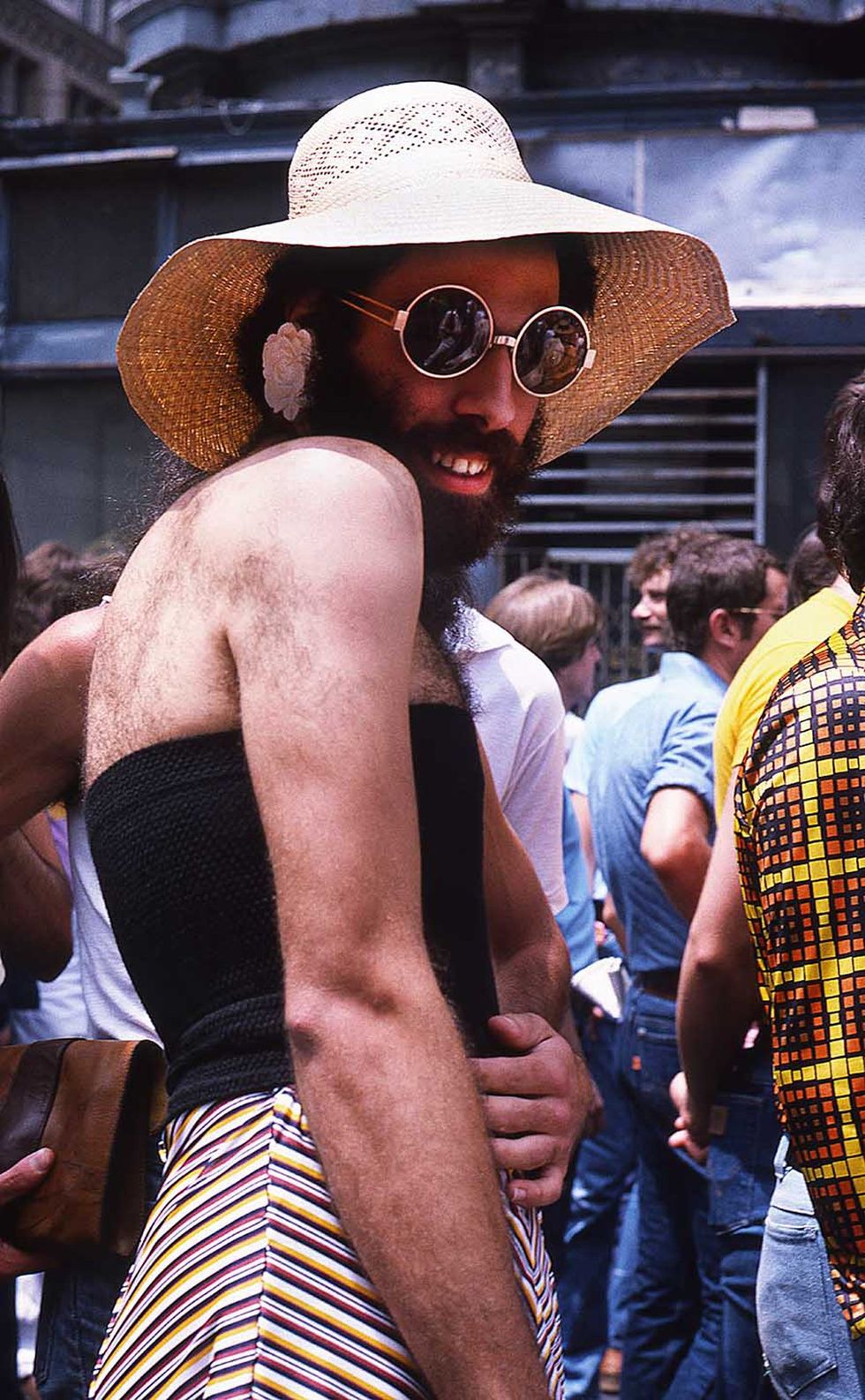
Gay Liberation Parade, Avenue of the Americas #5, 1975
Francisco Alvarado-Juárez via The Hispanic Society Museum
I still get joy and energy looking at these photographs. I feel lucky to have been at the right place and time.
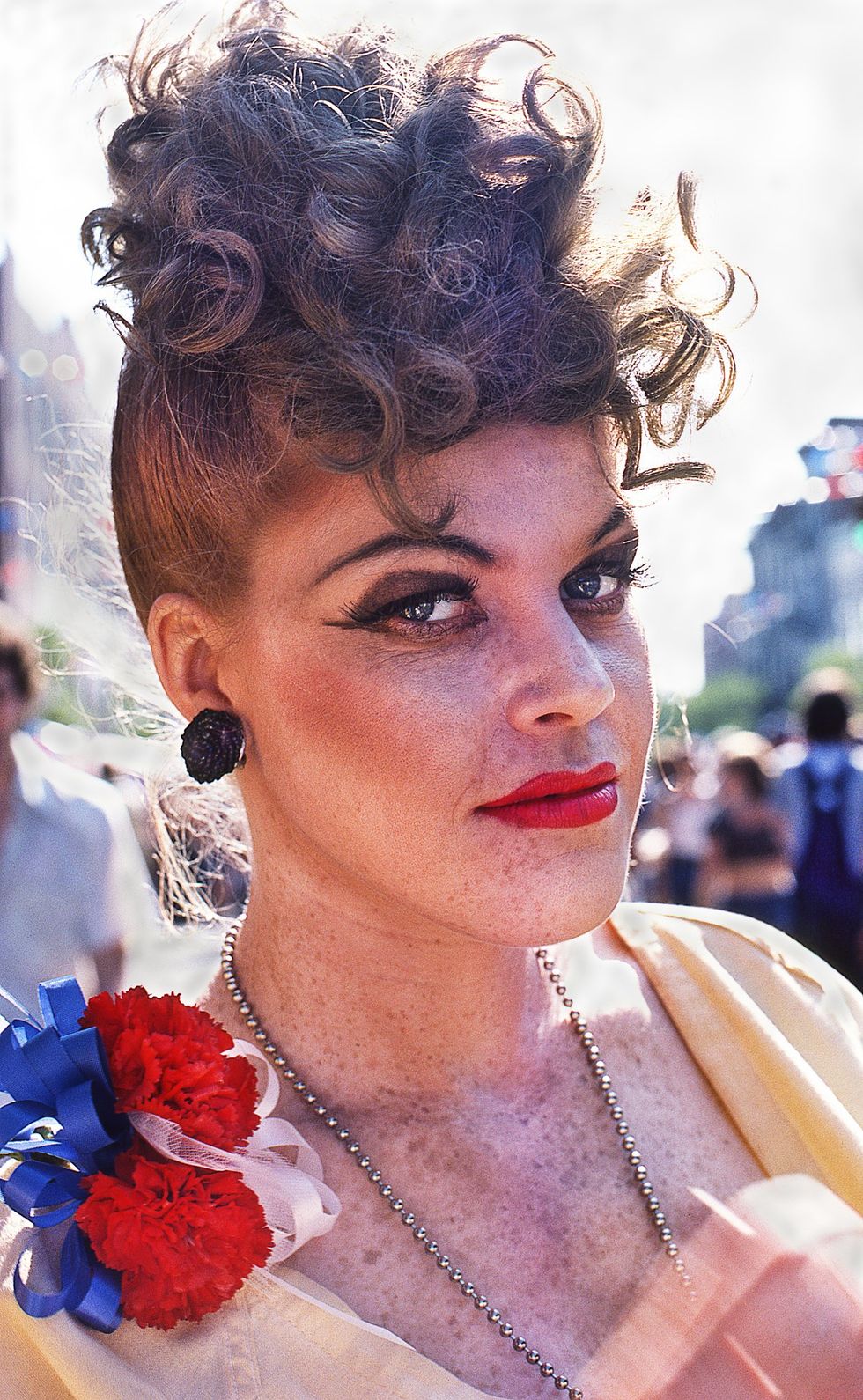
Christopher Street #3, 1976
Francisco Alvarado-Juárez via The Hispanic Society Museum
I work in different media: photography, painting, installation, or multimedia art. I hope people can get to see the variety of artwork that I make. The easiest way is by checking my website: www.franciscoalvarado.com
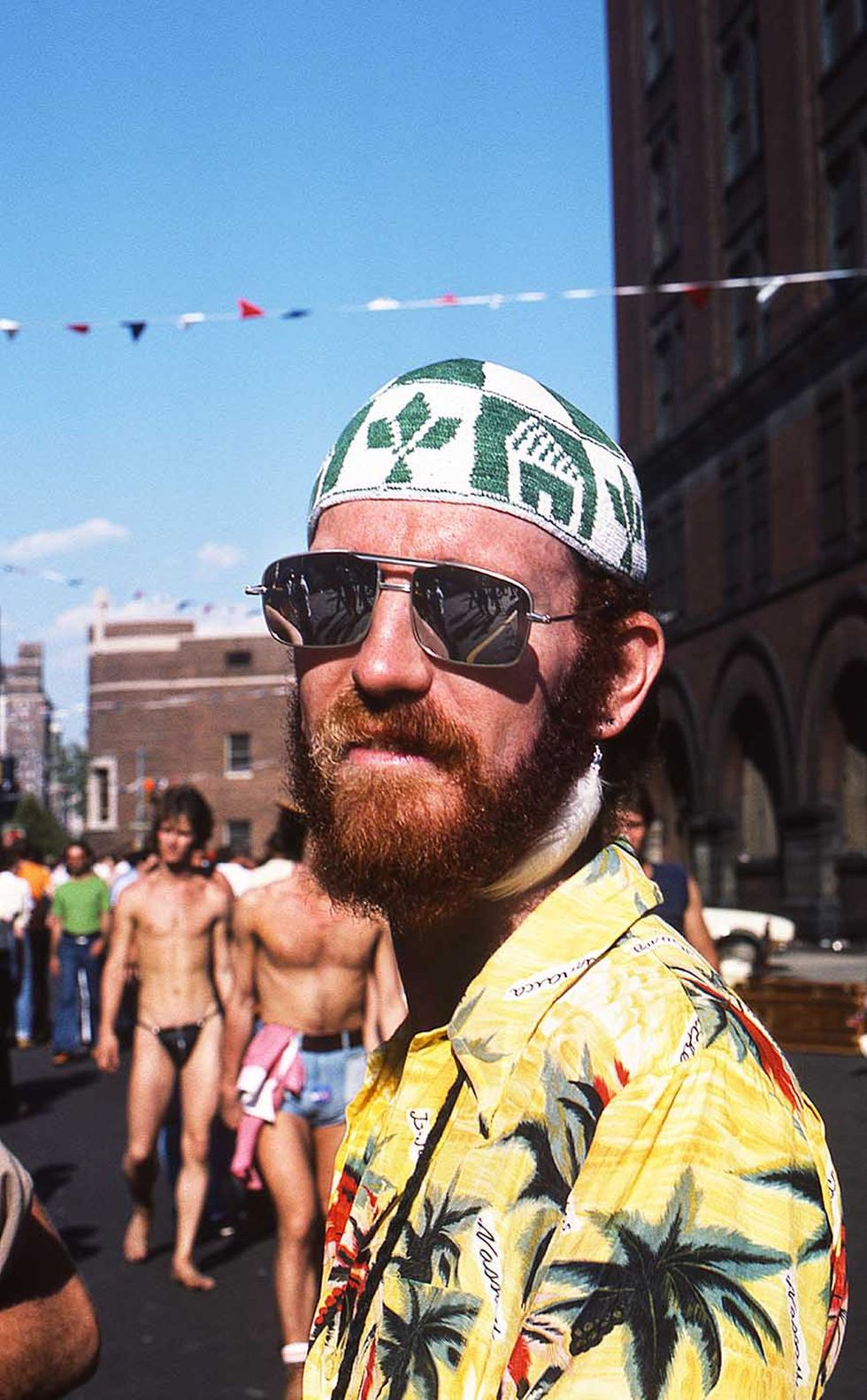
Gay Liberation Parade, Christopher Street #4, 1976
Francisco Alvarado-Juárez via The Hispanic Society Museum
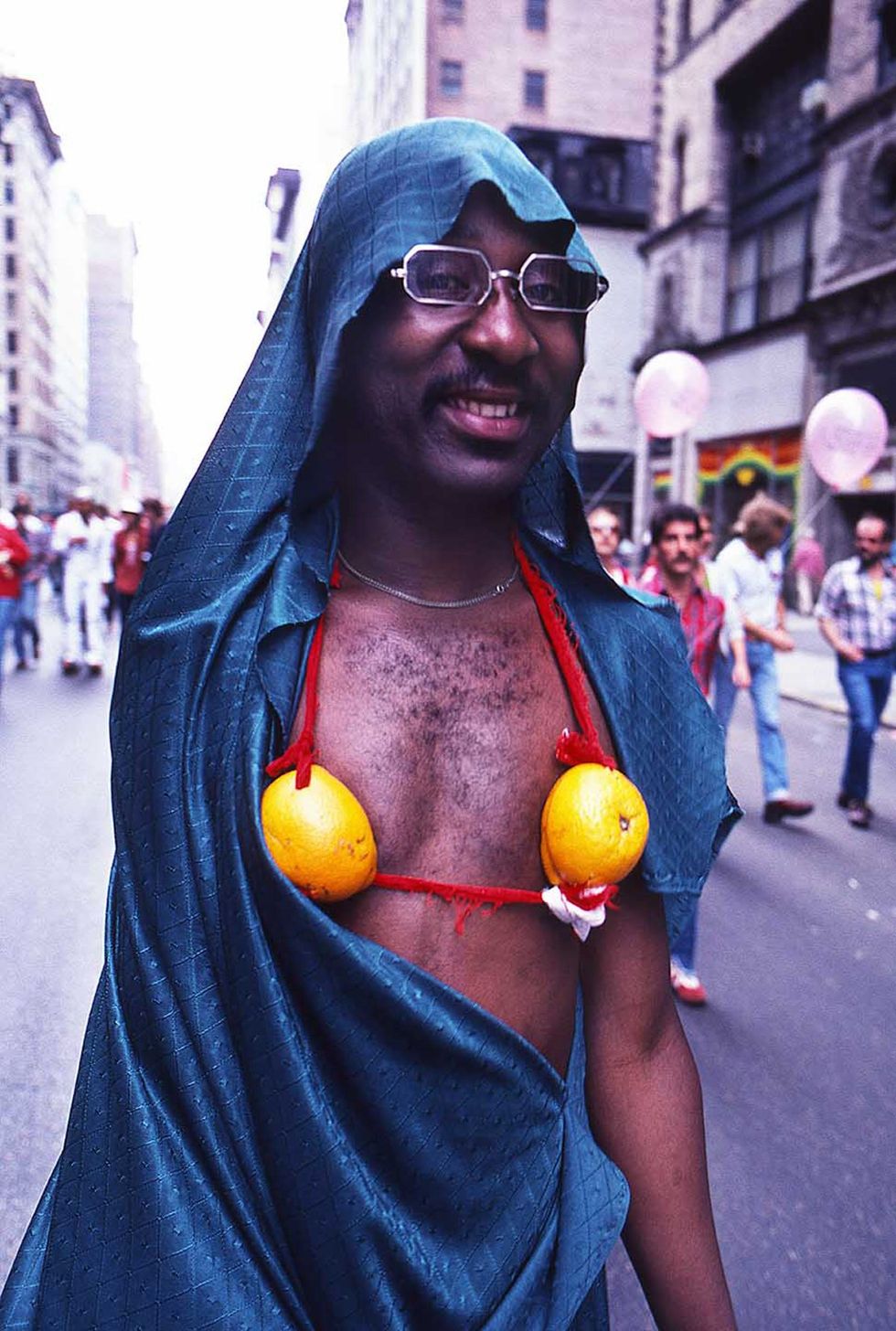
Gay Liberation Parade, Avenue of the Americas #1,1976
Francisco Alvarado-Juárez via The Hispanic Society Museum
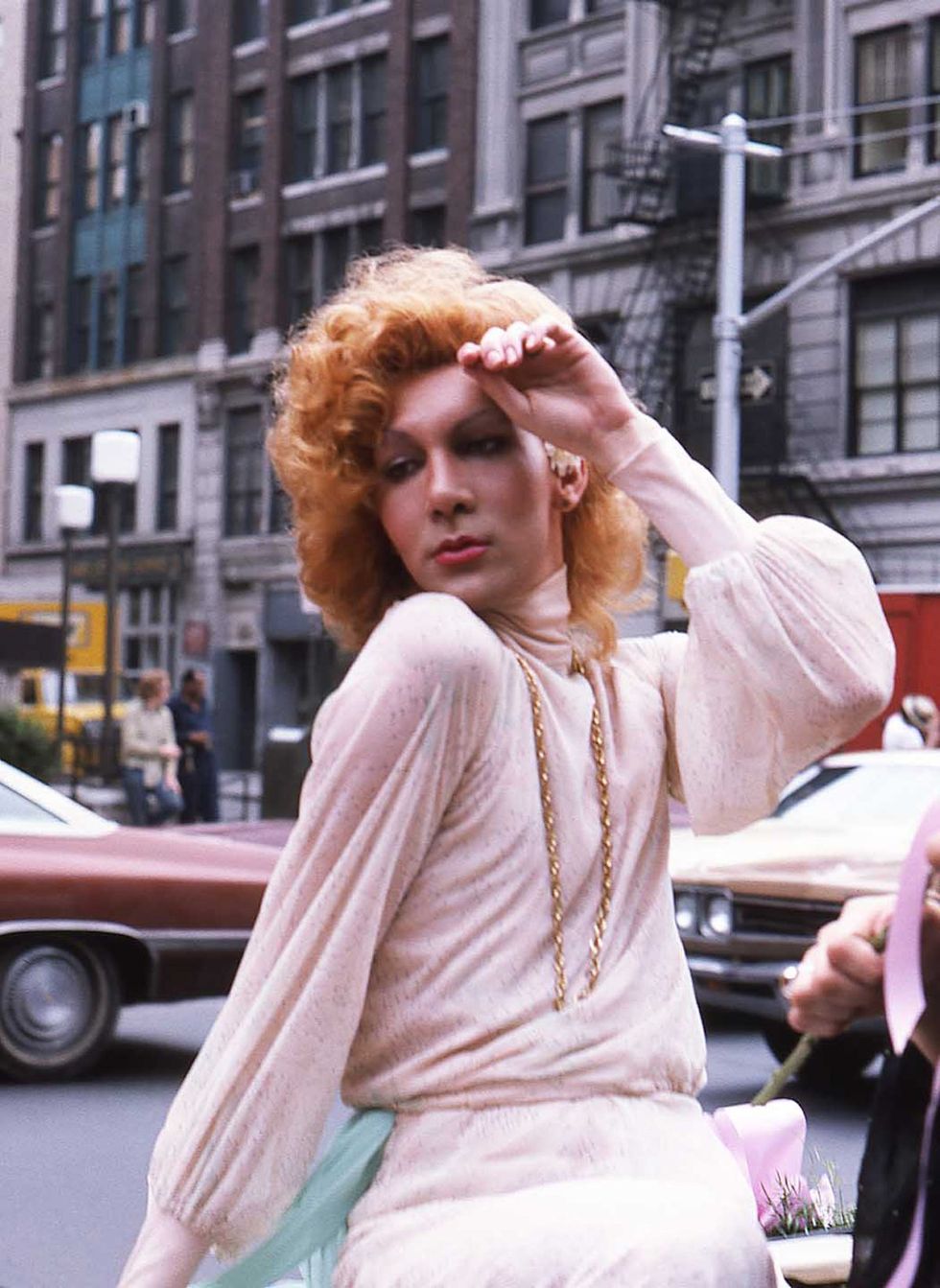
Gay Liberation Parade, Avenue of the Americas #2,1975
Francisco Alvarado-Juárez via The Hispanic Society Museum
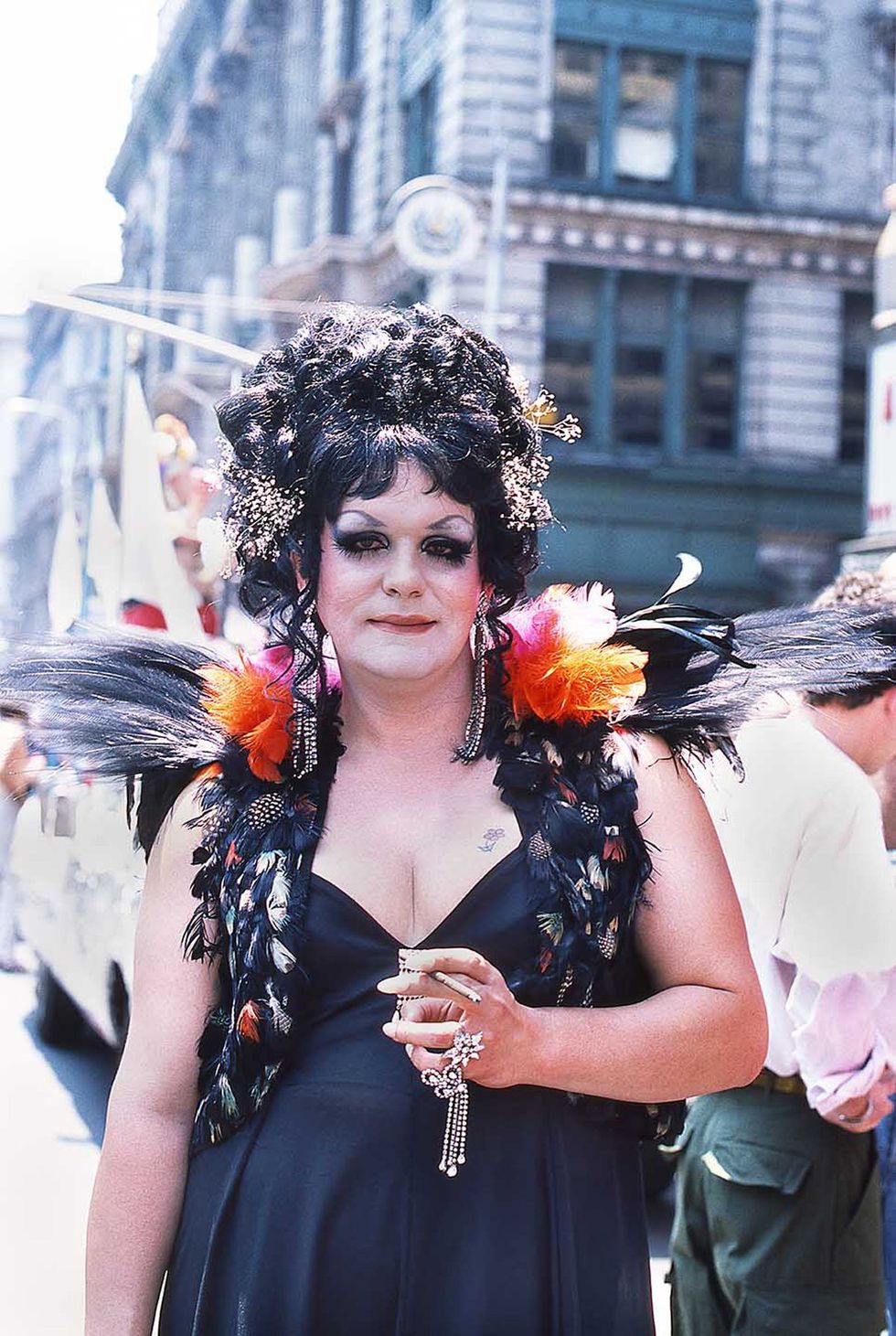
Gay Liberation Parade, Avenue of the Americas #2, 1976
Francisco Alvarado-Juárez via The Hispanic Society Museum
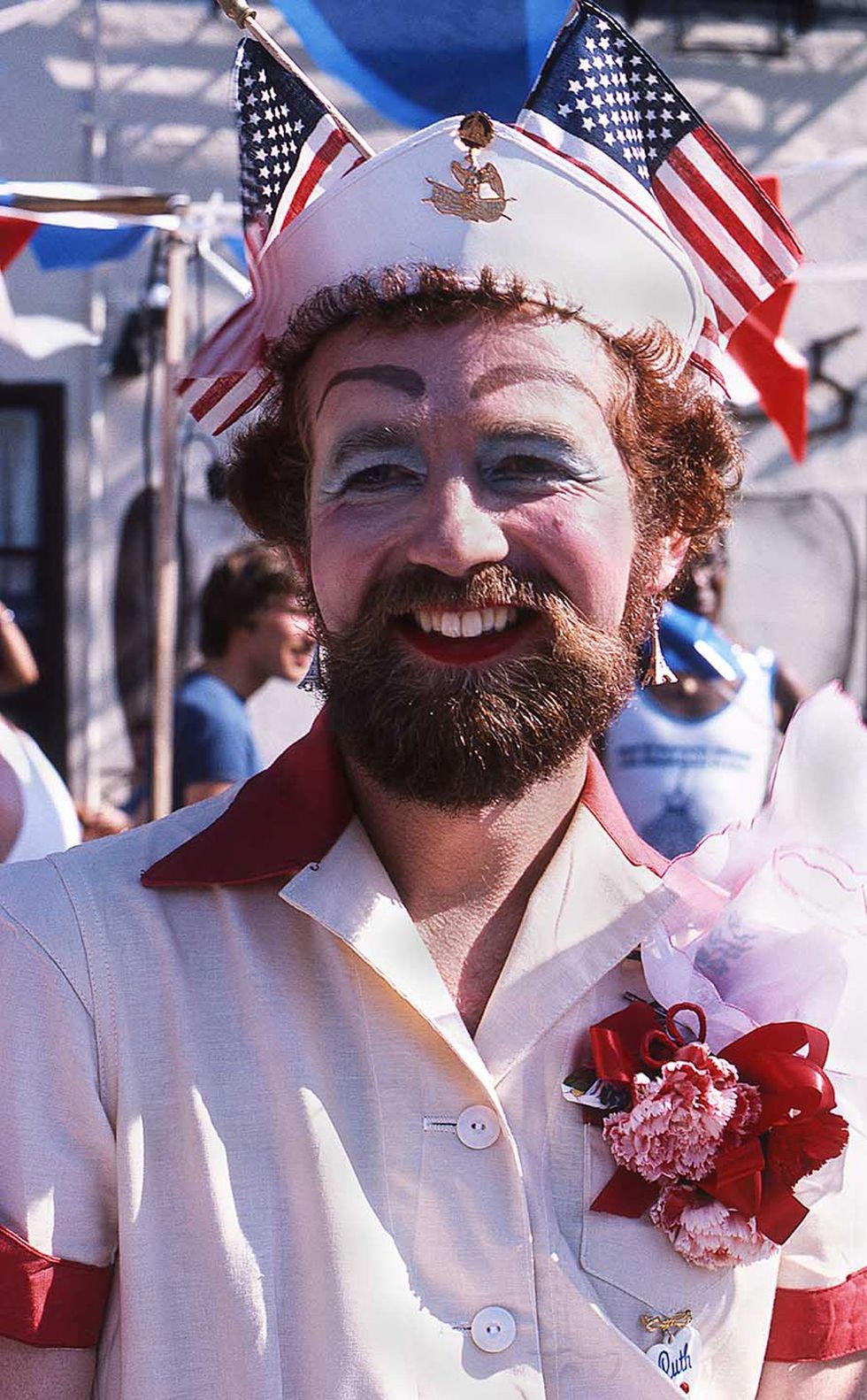
ay Liberation Parade, Christopher Street #5, 1976
Francisco Alvarado-Juárez via The Hispanic Society Museum
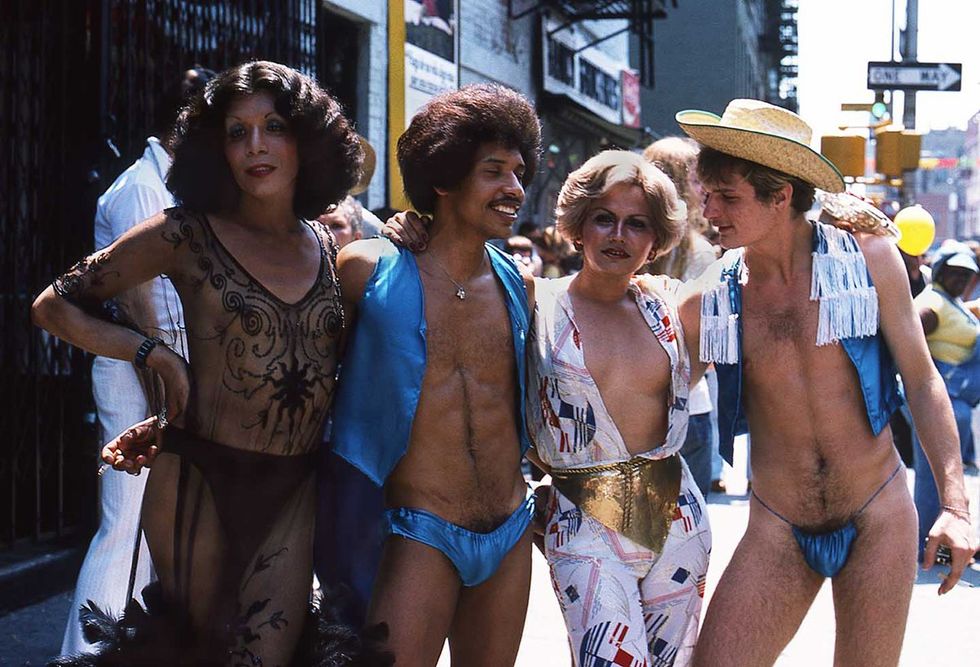
Gay Liberation Parade, Christopher Street #6, 1976
Francisco Alvarado-Juárez via The Hispanic Society Museum
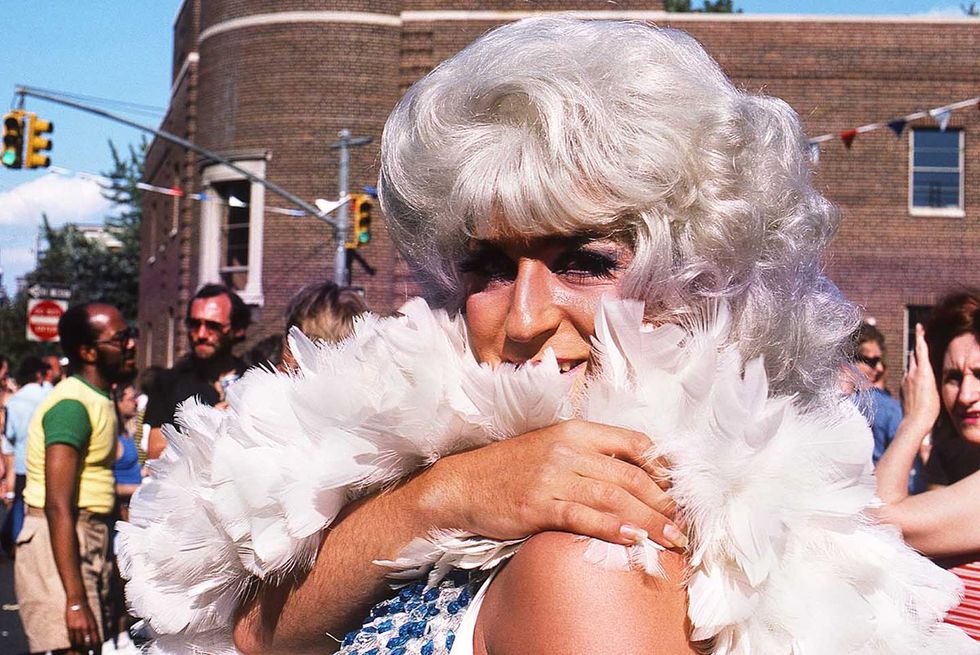
Gay Liberation Parade, Christopher Street #7, 1976
Francisco Alvarado-Juárez via The Hispanic Society Museum
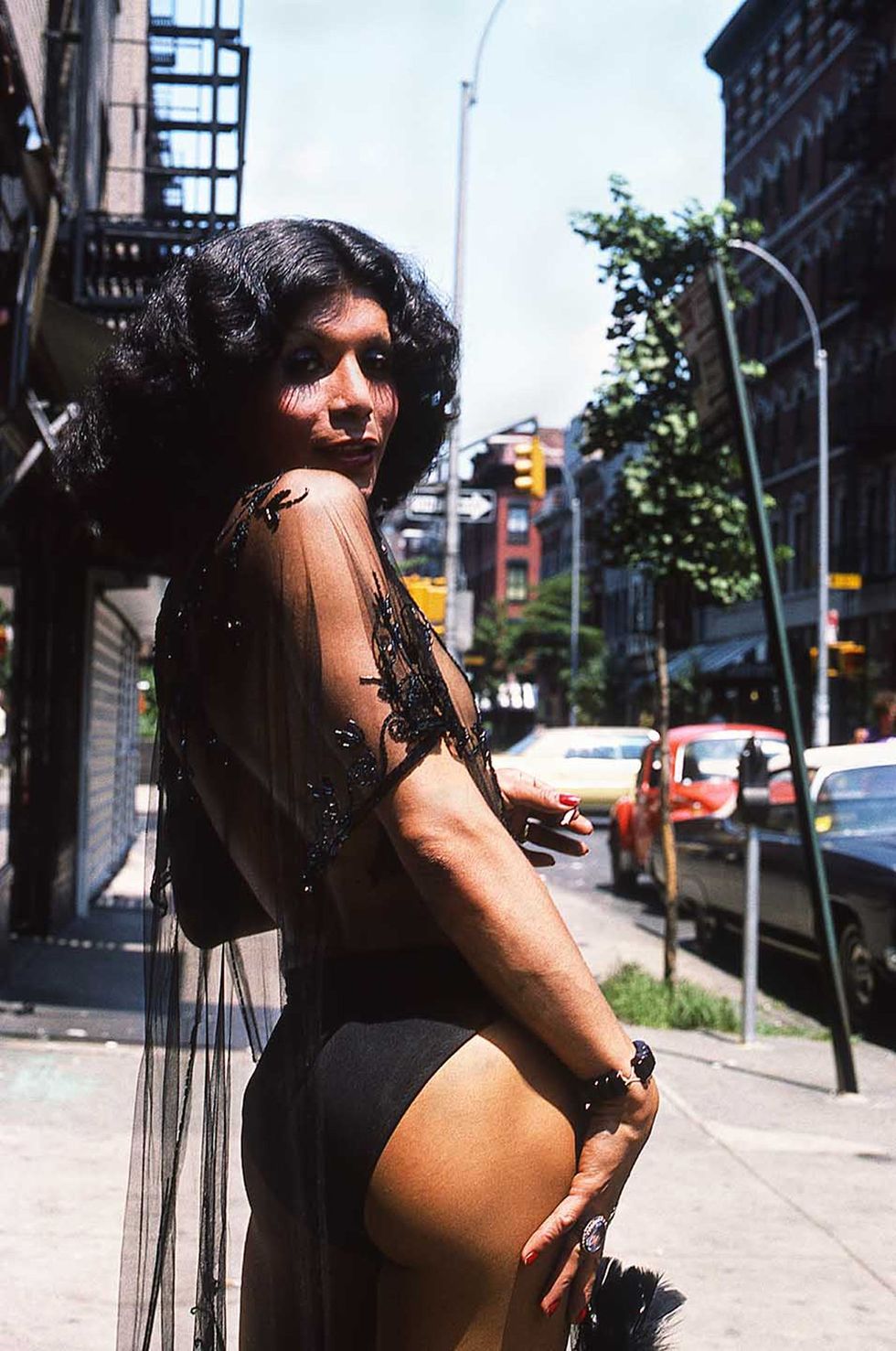
Gay Liberation Parade, Christopher Street #8, 1976
Francisco Alvarado-Juárez via The Hispanic Society Museum
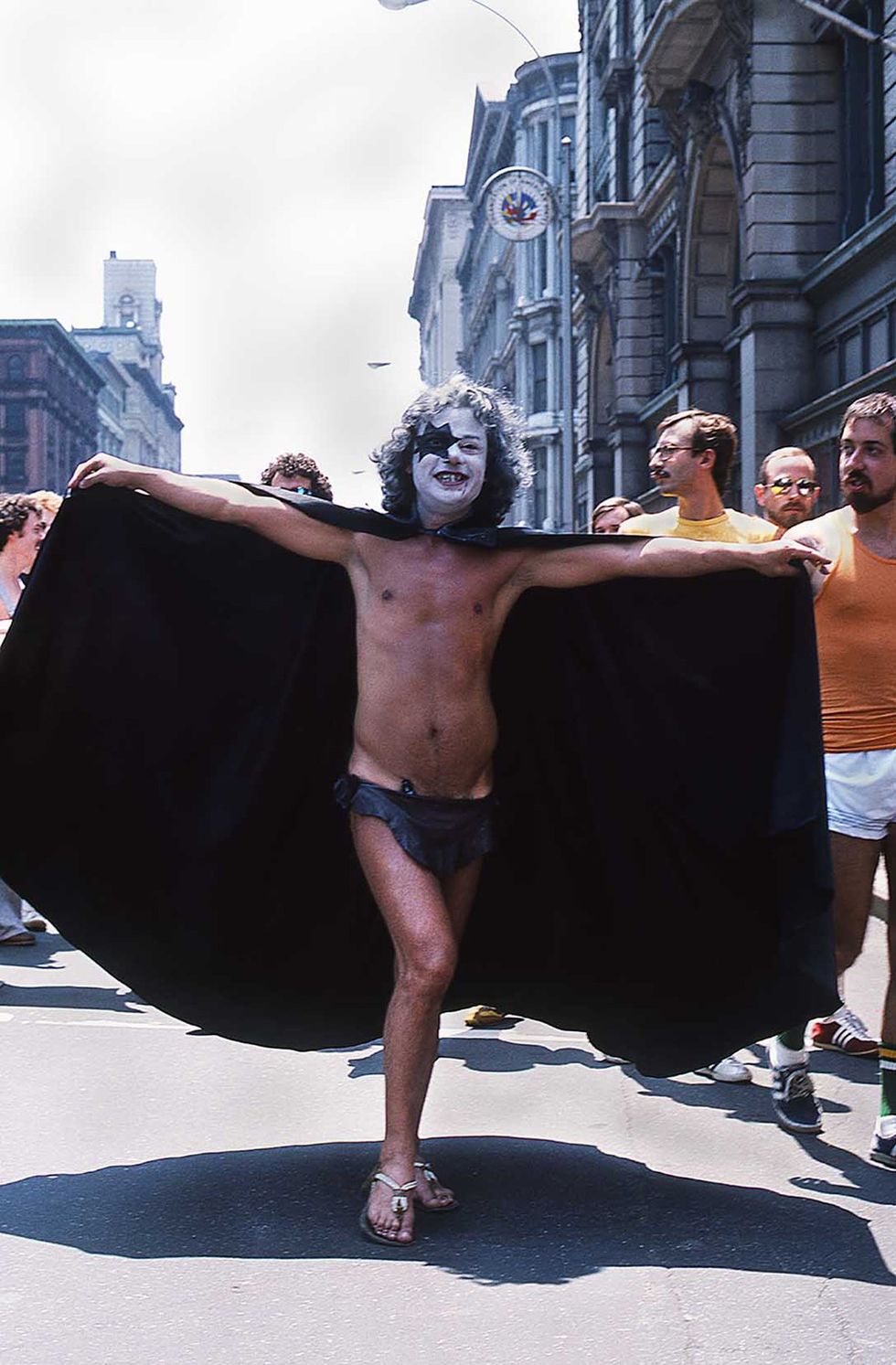
Gay Liberation Parade, Avenue of the Americas #3, 1976
Francisco Alvarado-Juárez via The Hispanic Society Museum
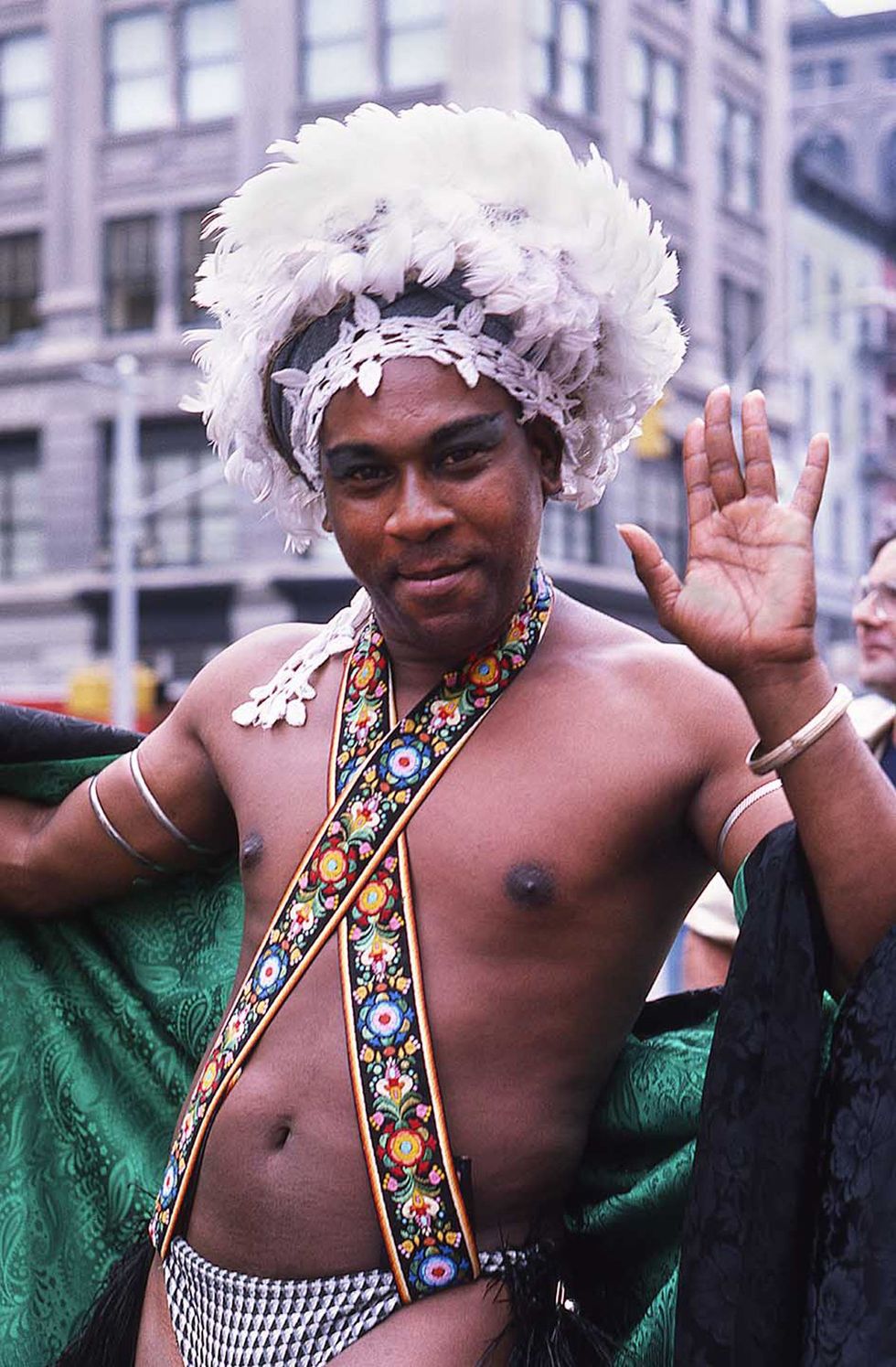
Gay Liberation Parade, Avenue of the Americas #6,1975
Francisco Alvarado-Juárez via The Hispanic Society Museum
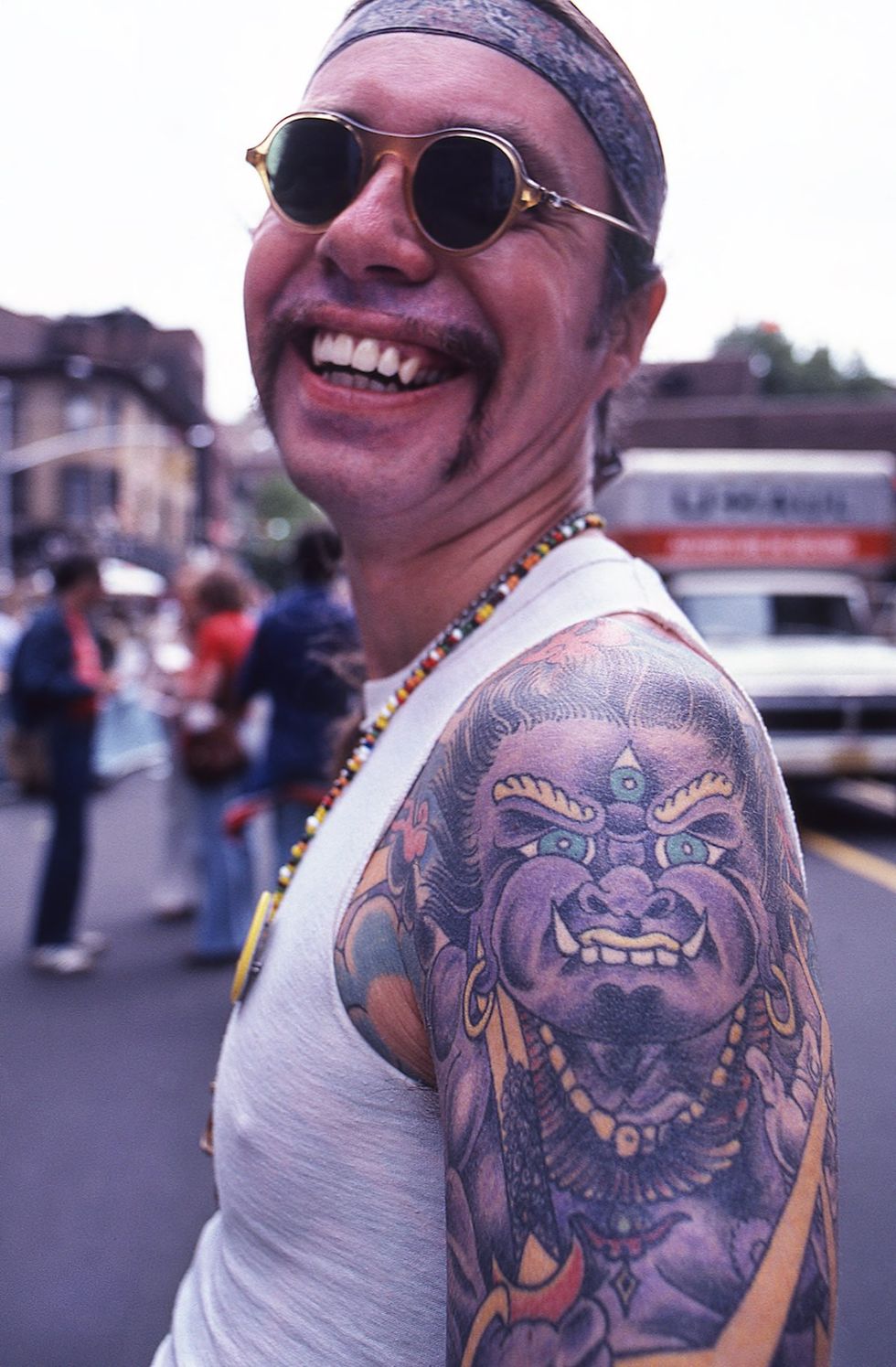
Gay Libaration Parade, Christopher Street #2, 1975
Francisco Alvarado-Juárez via The Hispanic Society Museum

Gay Liberation Parade, Avenue of the Americas #4, 1976
Francisco Alvarado-Juárez via The Hispanic Society Museum